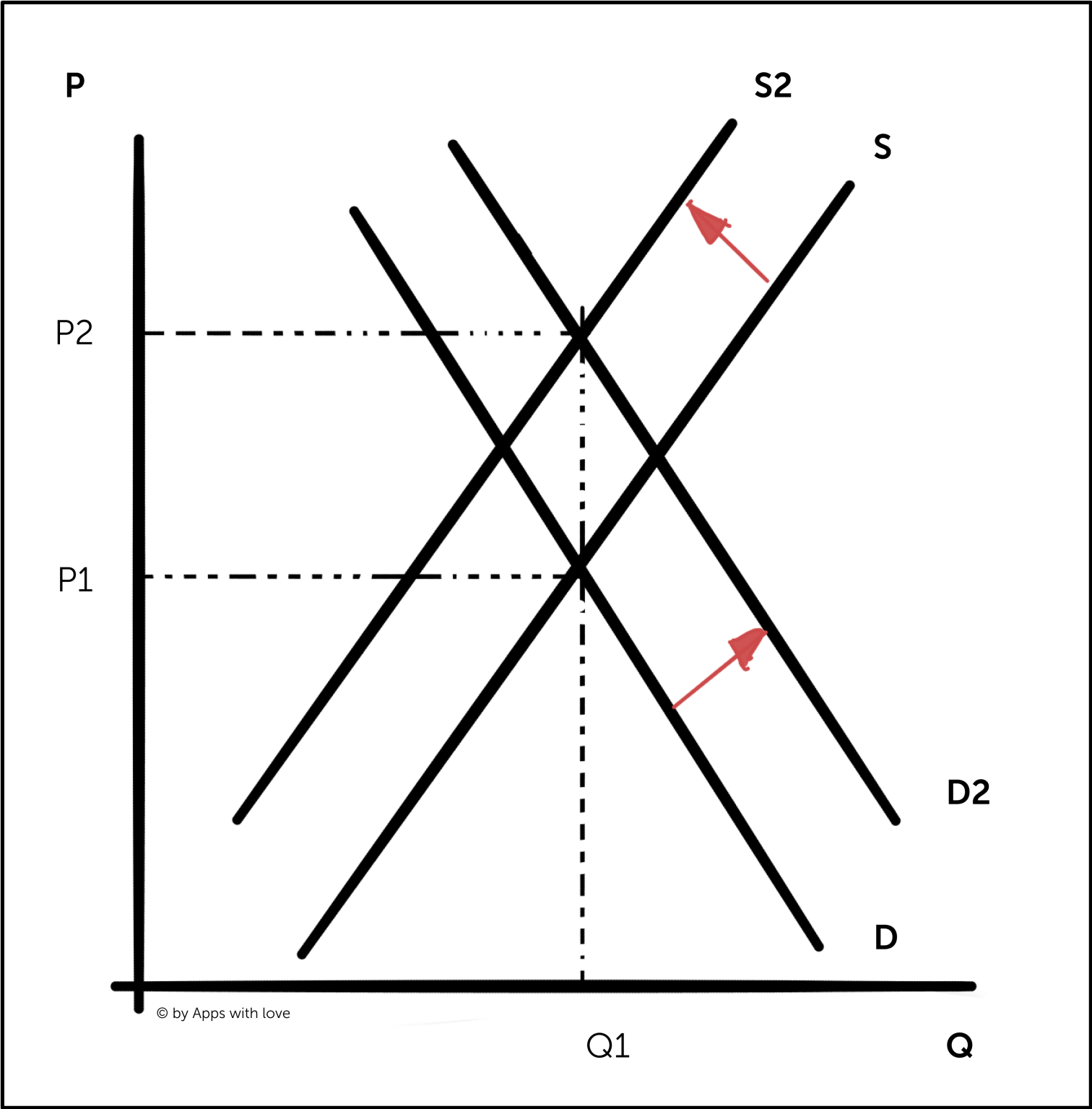Tokenomics could also be called the "rulebook" of a cryptocurrency or a blockchain project in general. Before making an investment in a new cryptocurrency or setting up a decentralized autonomous organization (DAO), it is worth looking into this topic a little deeper. The study of tokenomics is essentially about what makes a cryptocurrency valuable and whether its value is likely to be stable, increasing or decreasing. A correspondingly large influence on the long-term performance of a blockchain project is the fundamental set of rules, i.e. tokenomics. Of course, less influenceable factors such as the general economic situation, positive or negative news in the crypto market, as well as the assumed future prospects of blockchain and Web3 technologies also have a substantial impact on the short-, medium-, and long-term value and performance of a blockchain project.
The term tokenomics is composed of "token" and "economics." In simpler terms, I would refer to the "rulebook" and "monetary policy" of a blockchain project.



